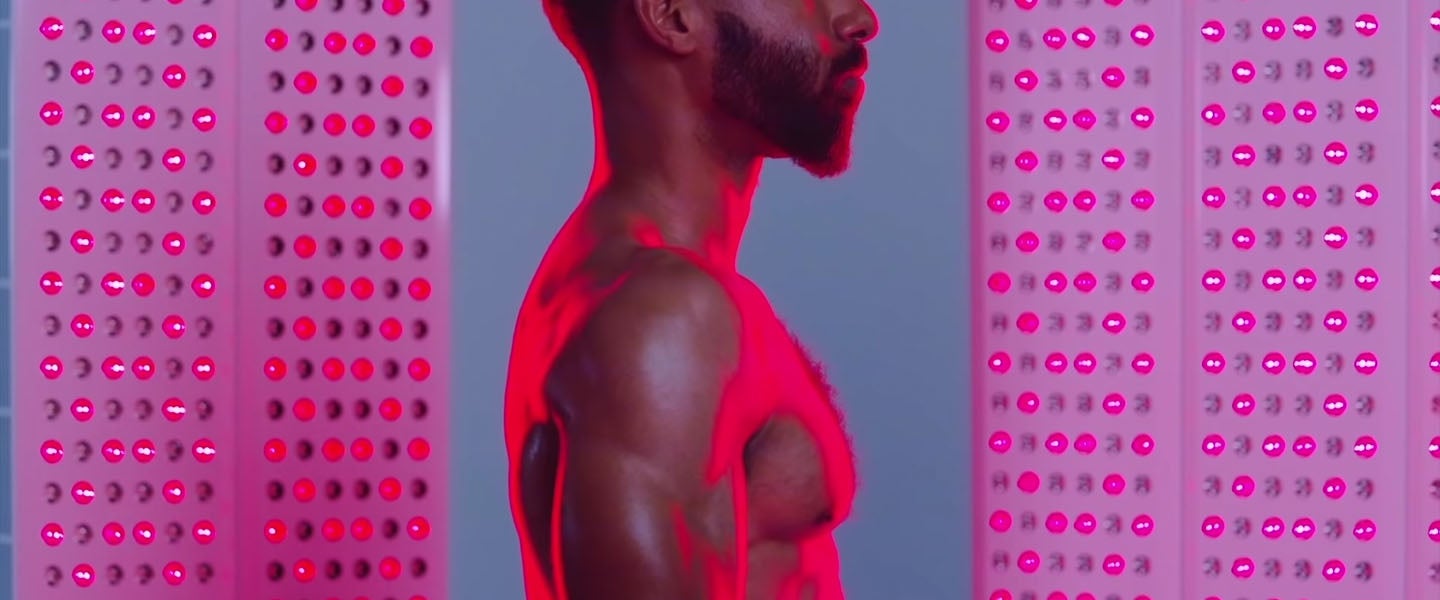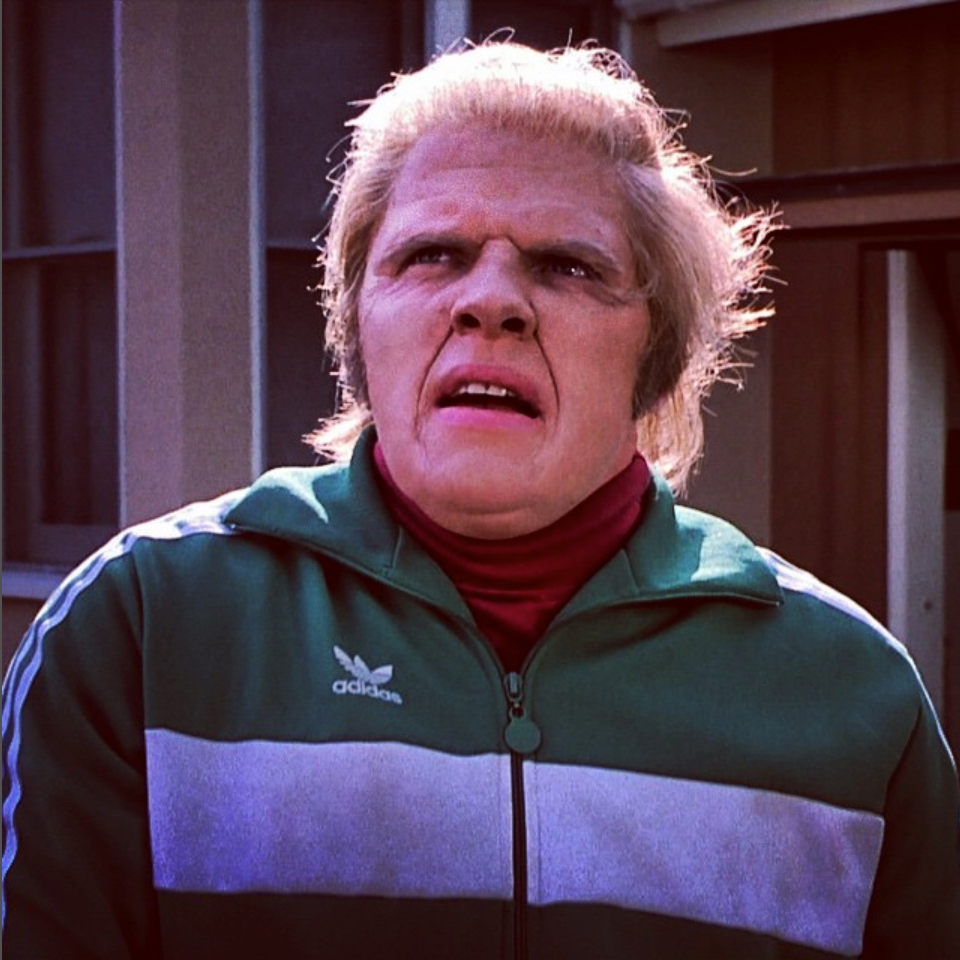A wise man once said, “It’s much easier to stay in shape than to get in shape.” It’s an aphorism I know all too well as someone who, in a former life, was a collegiate athlete who could eat whatever I wanted in massive quantities, work out for a few hours and never be the wiser (or maybe more appropriately, the heavier).
After quitting organized sports in my 20s — but never quite quitting the “eat whatever I wanted” part — naturally things went a bit sideways for me from a fitness standpoint. I went from a svelte 180 pounds to a pudgy 215 faster than you could say, “supersize my fries, please.”
Since then I’ve been losing the battle to get back into some semblance of fitness. There’s a lot of things that have contributed to that failure, many of which I’ve detailed in this column before, but it mainly boils down to a combination of my love of delicious food, and not being able to get back on the workout train with any regularity.
In regards to the latter, I think a train is a perfect metaphor, because getting back in shape is a lot like trying to catch a train that’s already moving: You try to jump on, but instead, you just bounce off the side. For me, the “bouncing off the side” part in the context of the gym is the soreness I get seemingly from the moment I step back into the weight room. Doing what I do for a living as a writer on this website has allowed me to investigate things that confound me, and so, I’ve written about that soreness — which in the exercise world is known as DOMS (Delayed Onset Muscle Soreness) — in an effort to understand why it happens and what, if anything, can be done to overcome it.
In doing so, I discovered that, for people getting in the gym for the first time (or back in after a long break), DOMS is just a fact of life; there is no magic bullet, really, for the prevention of DOMS short of ignoring it, as painful and counterintuitive as that prospect may be.
Knowing that most if not all of the fitness community agrees with that fact doesn’t mean, however, that in my ongoing quest to find the little shortcuts in life, I’d ignore someone (or something) that promised a better way. Which is how I found near-infrared light therapy, which according to its proponents, promises exercise recovery in a fraction of the time — among many, many other benefits.
Could this be the magic bullet I’ve been searching for that would allow me to begin training my muscles hard without feeling like I need to be laid up in bed for days afterwards?
Only one way to find out.
The Problem: Just when I think I’ve found the motivation to work out, muscle soreness makes me want to curl up in a ball and die.
The Alleged Cure-All: The REDCharger, a special bed made up of hundreds, if not thousands of tiny diodes that “harnesses the power of light” to “promote muscle recovery, decrease inflammation and boost mitochondrial function.” Sounds fancy, right?
I first heard about the REDCharger when I was doing research for another story at Upgrade Labs in Beverly Hills, a startup from the Bulletproof Coffee people that leverages “science and technology to unlock your body and mind to function more efficiently.” Within its day spa-esque facility, Upgrade has about every single new age-y health-and-wellness toy there is, from full-body cryotherapy tanks to NanoVi machines to lymphatic drainage, each of which is designed to do something magical to your body — improve your skin, build muscle, increase energy, yada yada yada — in as little time and with as little effort as possible.
Like I said, magical!
The REDCharger, which is housed in a private room, is slightly smaller than a double bed. Speaking of beds, its bed is made up of block-like LED banks with their many, many individual lights, all joined together and covered in hard plexiglass. When the bed is turned on, red light shines brightly upwards, the idea being that the LEDs expose your entire body to red and near-infrared light, the red light being the only kind you can see with your human eyes.
The Science: Near-infrared therapy works by shining specific wavelengths of light, typically between 630 to 680nm (red light) and 800 to 880nm (near-infrared), through the skin and all the way down to the bone.

According to studies done on these types of light — on which proponents remind you there are more than 3,000 peer-reviewed studies — wavelengths in the above ranges are an integral part of healthy cell function. For thousands of years, humans received “natural” red light from the sun, given that we were outside for long periods during the day. But as humanity industrialized and advanced technologically, more and more of us have moved indoors to work where our light sources lack these wavelengths.
And that means our cells haven’t been operating at peak efficiency. According to research, our cells, and more specifically our mitochondria, the power plants within our cells, need red and near-infrared light for two big reasons: 1) ATP production, i.e., the essential chemical in our cells that’s responsible for nearly all the energy that makes our bodies “go”; and 2) for reducing oxidation in our cells in order to help them “go” better.
In making these functions more efficient, red and near-infrared light becomes the key to all kinds of improvements to our bodies: Decreased inflammation, cellular rejuvenation, improved immune system function, and yes, muscle recovery.
In regards to muscle recovery, increased cellular efficiency and energy, as well as the reduction in oxidation within our cells, helps damaged muscle tissue — the kind you get when you’re sore — regenerate and fix itself faster. That means, of course, that people suffering from DOMS should experience less pain for a shorter period of time.
Now, if that sounds like a lot of wishful thinking, I’m right there with you. Then again, I’ve got a study right here that says that, yeah, light therapy works for muscle recovery.
Of course, 20 years ago, I could have probably shown you a study that showed that fat, not sugar, was what made people obese. So let’s cool it with the studies, okay?
The Experience: Seeing as I was attempting to determine whether near-infrared therapy could effectively treat exercise-induced muscle soreness, I did what any good scientist would: I prepared the specimen for study, which in this case, means I lifted my ass off in the gym the day before so that I was good and sore in time for my session, and actually had something to measure.
The day of, I walked into Upgrade for my session, aching all over and full of questions about how this was all going to go down. Would my time on the bed take an hour, or would it take 10 minutes? Was I supposed to wear gym clothes, or lie down in my birthday suit?
Thankfully, all my questions were answered right quick when one of Upgrade’s helpful employees, David, explained to me that my session would be 20 minutes on my back — with a separate bank of LEDs hanging over my face to spur collagen production there — and 20 minutes on my stomach. When I asked what I should be wearing, David informed me that he likes to do the therapy in the nude — “Boosts testosterone,” he explains — but that I could wear whatever I wanted. I choose to strip down to my undies, because while I’m brave enough to not allow most of my clothes to interfere with that sweet, sweet infrared light, I’m not brave enough to put my dick-n-balls directly on the plexiglass surface where I can only assume many, many dick-n-balls have gone before me.
David has kindly provided towels as a makeshift headrest so that I’m at least partially comfortable on the hard plastic, along with a pair of small tanning-bed goggles so that I’m not blinded by the hanging lights over my face. I’d brought my phone with me on the off-chance I might get a crossword puzzle or two done while my body absorbs joule after joule of radiation, but it’s clear there will be no phoneplay to pass the time. Thankfully, David suggests I pop in some headphones for at least a modicum of entertainment while I lie there, and even provides me with a link to a podcast on the topic of near-infrared therapy. I can tell that this is going to be a long 40 minutes.
After David leaves I disrobe, lie down, pop on my goggles and my headphones and the light show begins. It is extremely bright, and even through the goggles, it’s painful to open my eyes. As the machine warms up, so does the plexiglass cover, and 10 minutes in, I’m working up a bit of a sweat. “This must be what it feels like to be someone’s warmed over lunch under a diner heat lamp,” I think as the moisture increasingly builds under the small of my back. When 20 minutes rolls around, the lights turn off briefly, which is my signal to roll over onto my stomach.
Let me tell you something: Trying to lay your knees, ankles and toes on a hard, flat surface for anything more than a few minutes is annoying. Needless to say, I cannot get comfortable, and I spend most of my time twisting and turning my legs in an effort to prevent applying too much pressure to my precious gams. I begin counting the minutes until this is all over.
When the session is finally up, I get up, wipe the sweat off my chest with the towel and begin my assessment. I’m not sure what I was expecting; the Upgrade website says that I should feel the difference “after just a few minutes.” I do not feel the difference. I pay and go home, hoping by the time I get there my soreness will be gone, or at least be less noticeable.
It does not go away, nor is it less noticeable.
The next day, I wake up hoping that maybe the light therapy simply needed some more time to do its thing.
But my soreness is worse the next day.
I go to work, praying that the increased soreness I’m feeling is just the DOMS’ death rattle and that things will be better at the close of the day.
You see where I’m going with this.
The Result: It is now three days removed from my session, and I can definitively say that the therapy had no effect on my muscle soreness whatsoever, in fact, things have only gotten worse. I can’t speak to what the REDCharger might be doing to my mitochondria, or to my skin, or any of the other supposed “benefits” near-infrared purports to provide. Time will tell. But if you ask me, at $75 a pop, I’d at least like to, you know, feel something that makes me think it wasn’t all a waste.
If you’ve got money to burn, and you don’t mind burning it in the hope that you’ll feel more detoxified three, five or eight sessions later, maybe this is the space-age bio hack you’ve been waiting for. But if you want to see real results — and not just hear something about “soft” benefits that are nearly impossible to measure — remember that Epsom salts are about $8 for a two-pound bag, and that shit actually does work.
Jeff’s Rating: 1/10

